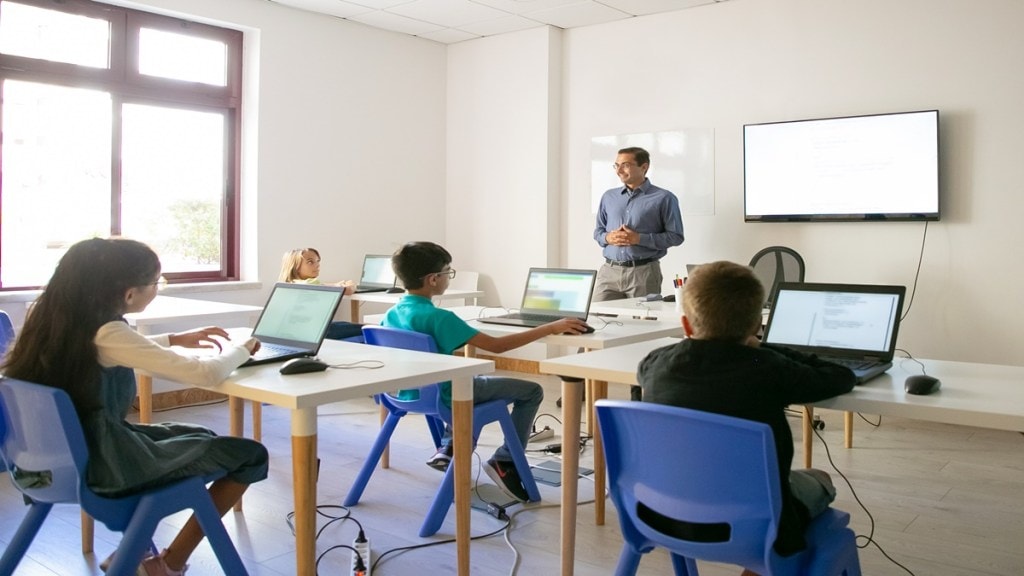As schools grapple with preparing students for a climate-uncertain future, sustainability is beginning to move from the periphery to the core of education. According to the 2023 UNESCO Global Education Monitoring Report, fewer than half of national curricula worldwide explicitly reference climate change—yet the urgency is clear.
In India, a few institutions are trying to bridge that gap by embedding environmental thinking into everyday schooling. At BSM Dnyananand School, principal Anjali Pandey is leading such an effort—one that goes beyond symbolic gestures.
“We aren’t just installing solar panels—we’re building consciousness,” she says, describing the school’s push to integrate sustainability into lessons, operations, and culture. The changes include introducing eco-focused electives, planning green labs for environmental science, and moving toward paperless systems.
Classroom instruction now ties into the UN Sustainable Development Goals (SDGs), while student-led eco-clubs drive on-campus campaigns around waste segregation, water conservation, and energy use. “The school of tomorrow,” Pandey adds, “has to be grounded in compassion, consciousness, and collective responsibility.”
These initiatives reflect a growing recognition that schools can be powerful sites of climate learning—not just through content, but also through lived practice. Students at the school now routinely switch off lights, sort waste, and lead awareness drives. Teachers, too, are being encouraged to weave environmental themes into various subjects, offering students a more holistic understanding of sustainability.
While efforts like these are still relatively rare, they point to a shift in mindset—one that sees climate literacy not as an add-on, but a foundation. And as education systems confront the realities of a warming world, such models may offer a glimpse into the future of learning..

